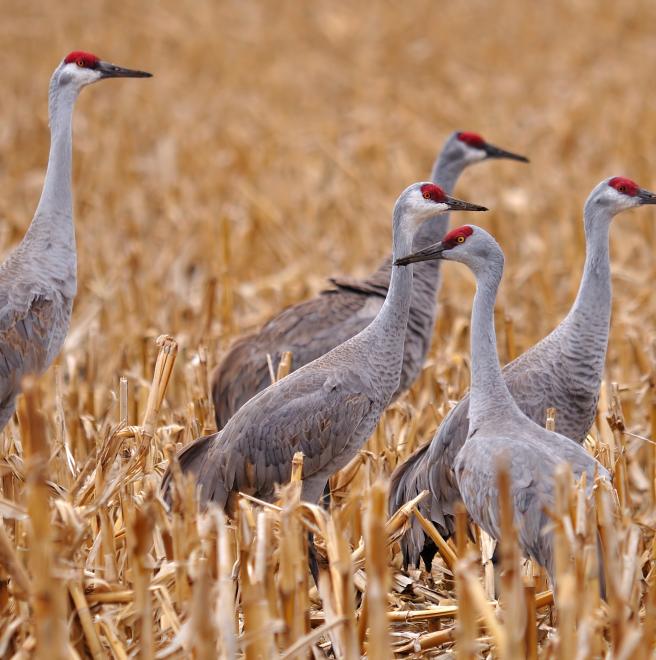

The loud, trilled calls of a flock of Sandhill Cranes are hard to forget, sometimes ringing in the ears long after a flock has passed over. After widespread persecution in the nineteenth century, the Sandhill Crane has increased markedly in numbers thanks to legal protection. In fact, Sandhill Crane numbers have rebounded so much in some places that limited hunting seasons have again been opened. Caution may be warranted when tapping into such abundance, as Audubon's climate model projects a 58 percent loss of current winter range by 2080. Additionally, with no prediction made for summer, it reamins uncertain what the future has in store for the species during that season.
Explore more birds threatened by climate change around the country.





















It's easier than you think to make a difference. Become an Audubon member today to help birds facing climate change.